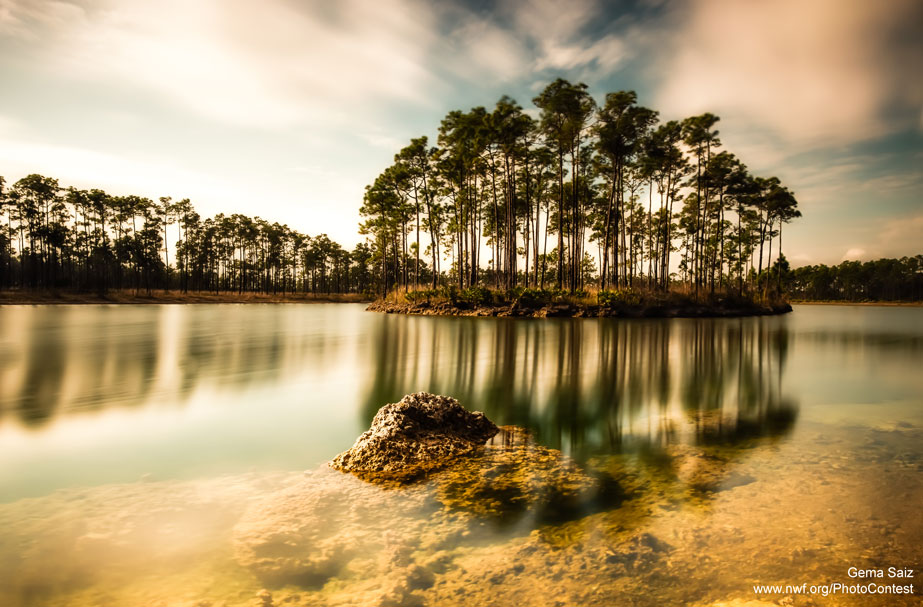We have much more to do and your continued support is needed now more than ever.
Five Gifts to Help Wild Birds
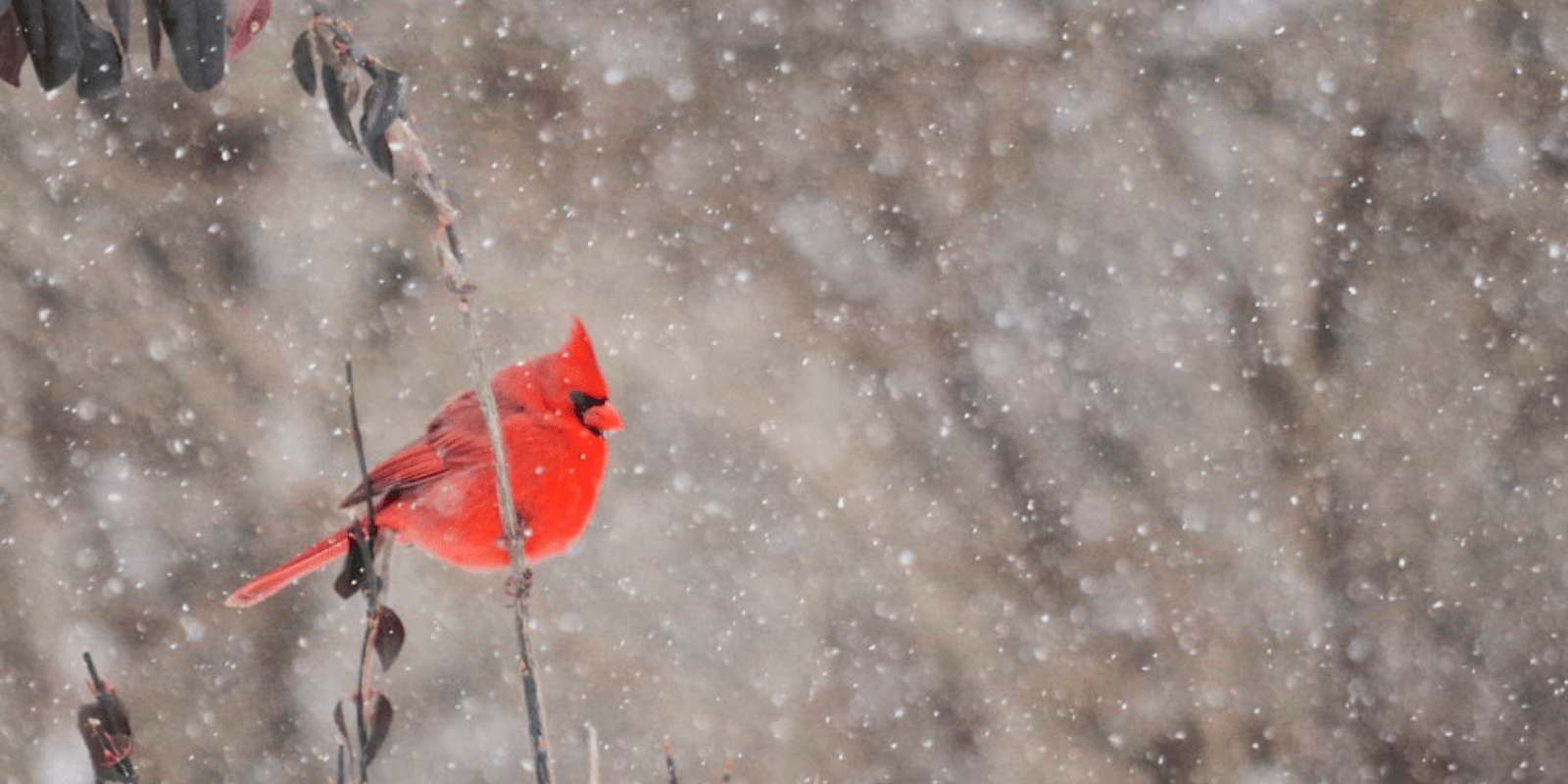
The holiday season (or any time of the year) is a great time to give gifts that help out your local wild birds. Even if it’s a gift for yourself!
Here are five gifts ideas that will help you provide the basics of habitat for wild birds right outside your door and to create a wildlife habitat garden that will provide year-round habitat for birds and other backyard wildlife. When you provide food, water, cover and places to raise young and maintain your yard or garden naturally, the National Wildlife Federation will recognize it as a Certified Wildlife Habitat in our Garden for Wildlife program.
The items below from National Wildlife Catalog will help you meet the basic requirements to certify your garden for wildlife–plus all the proceeds of sales go directly to support our wildlife conservation programs.
1. Birds Seed Wreath
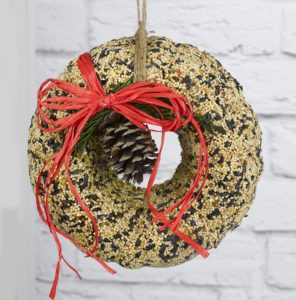 Native plants are the best way to provide the seeds, nuts, berries and insects that wild birds rely on for food. But a few feeders can supplement those natural food sources and help attract birds for you and your family to enjoy. Our bird seed wreath is perfect as a holiday treat. It’s made with black oil sunflower seeds, peanuts, safflower and red millet seeds that most seed-eating birds will enjoy. Plus, it’s decorative.
Native plants are the best way to provide the seeds, nuts, berries and insects that wild birds rely on for food. But a few feeders can supplement those natural food sources and help attract birds for you and your family to enjoy. Our bird seed wreath is perfect as a holiday treat. It’s made with black oil sunflower seeds, peanuts, safflower and red millet seeds that most seed-eating birds will enjoy. Plus, it’s decorative.
Get the Bird Seed Wreath here.
2. Birdbath De-Icer
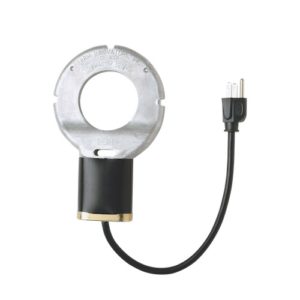 Birds need water year-round, both for drinking and for bathing to keep their feathers in good condition. When the temperatures dip below freezing, finding a water source that isn’t frozen becomes difficult. If there’s no snow on the ground for birds to consume as a liquid source, they risk dehydration. Keep birds happy and hydrated during periods of freezing temperatures with our birdbath de-icer. Constructed of patented cast aluminum for efficiency and safety, this de-icer is thermostatically controlled to operate only when necessary. The 150-watt de-icer is fully grounded with a three-prong cord and is safe for all birdbaths.
Birds need water year-round, both for drinking and for bathing to keep their feathers in good condition. When the temperatures dip below freezing, finding a water source that isn’t frozen becomes difficult. If there’s no snow on the ground for birds to consume as a liquid source, they risk dehydration. Keep birds happy and hydrated during periods of freezing temperatures with our birdbath de-icer. Constructed of patented cast aluminum for efficiency and safety, this de-icer is thermostatically controlled to operate only when necessary. The 150-watt de-icer is fully grounded with a three-prong cord and is safe for all birdbaths.
Get the Birdbath De-Icer here.
3. Roosting Box
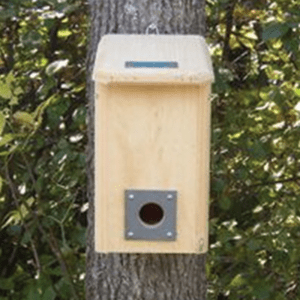 Just like us, birds seek shelter when the weather turns bad. This roosting box provides protection from the winds, heavy rain and bitter cold for many backyard birds including wrens, chickadees, nuthatches, titmice and bluebirds. The entry hole located at the bottom of the front panel is protected by a slate guard to keep squirrels from gnawing it open. The three internal perches can accommodate 6 or more birds. Handcrafted in Maine from eastern white pine.
Just like us, birds seek shelter when the weather turns bad. This roosting box provides protection from the winds, heavy rain and bitter cold for many backyard birds including wrens, chickadees, nuthatches, titmice and bluebirds. The entry hole located at the bottom of the front panel is protected by a slate guard to keep squirrels from gnawing it open. The three internal perches can accommodate 6 or more birds. Handcrafted in Maine from eastern white pine.
4. Nesting Box
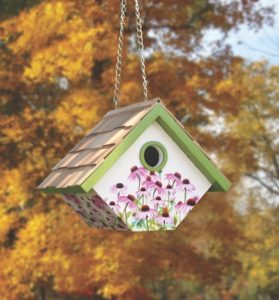 Nesting boxes, also known as birdhouses, are used by cavity-nesting birds as a place to raise their young. Wrens are some of the easiest birds to attract to a use a nesting box. It’s important to install nesting boxes by February so that they are in place when wrens begin scouting out potential nesting spots in late winter or early spring. This box is made of kiln-dried hardwood and decorated with a purple coneflower design with non-toxic water-based paint. The box hangs with the metal chain from a tree or bracket, and opens easily to clean out.
Nesting boxes, also known as birdhouses, are used by cavity-nesting birds as a place to raise their young. Wrens are some of the easiest birds to attract to a use a nesting box. It’s important to install nesting boxes by February so that they are in place when wrens begin scouting out potential nesting spots in late winter or early spring. This box is made of kiln-dried hardwood and decorated with a purple coneflower design with non-toxic water-based paint. The box hangs with the metal chain from a tree or bracket, and opens easily to clean out.
Get the Wren Nesting Box here.
5. Wildlife Gardening: Tips for Four Seasons
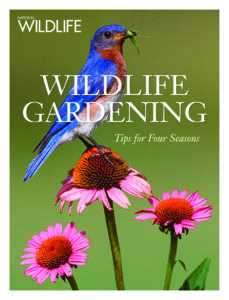 Excerpted from the pages of the award-winning National Wildlife® magazine, each article in Wildlife Gardening: Tips for Four Seasons® combines compelling narrative from world-class writers with stunning images and practical, step-by-step tips on topics ranging from wildlife garden design and choosing the best bird houses to helping monarch butterflies, providing wildlife with water in winter and attracting native bees and pollinators to help gardeners grow bigger, better fruits and vegetables.
Excerpted from the pages of the award-winning National Wildlife® magazine, each article in Wildlife Gardening: Tips for Four Seasons® combines compelling narrative from world-class writers with stunning images and practical, step-by-step tips on topics ranging from wildlife garden design and choosing the best bird houses to helping monarch butterflies, providing wildlife with water in winter and attracting native bees and pollinators to help gardeners grow bigger, better fruits and vegetables.
Get Wildlife Gardening: Tips for Four Seasons here.



















